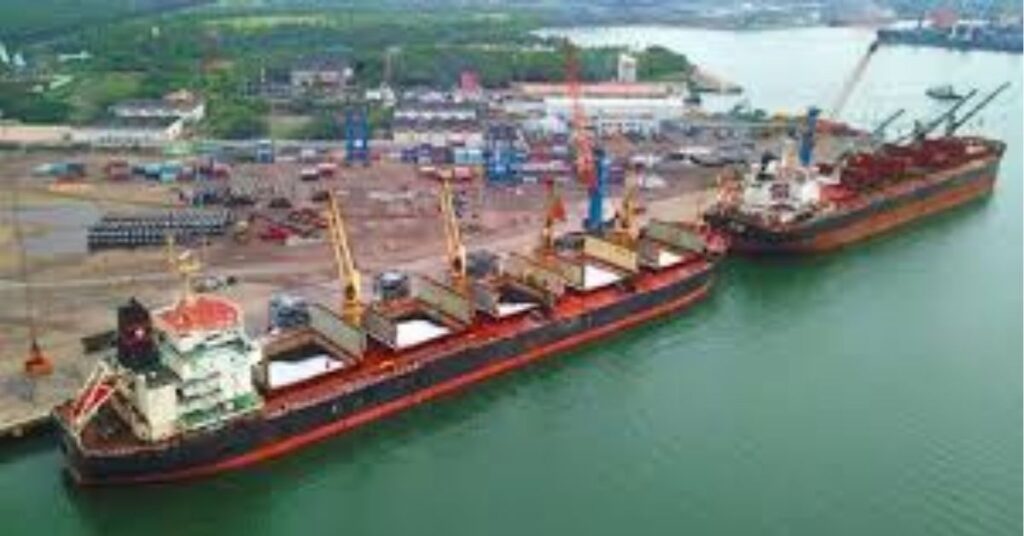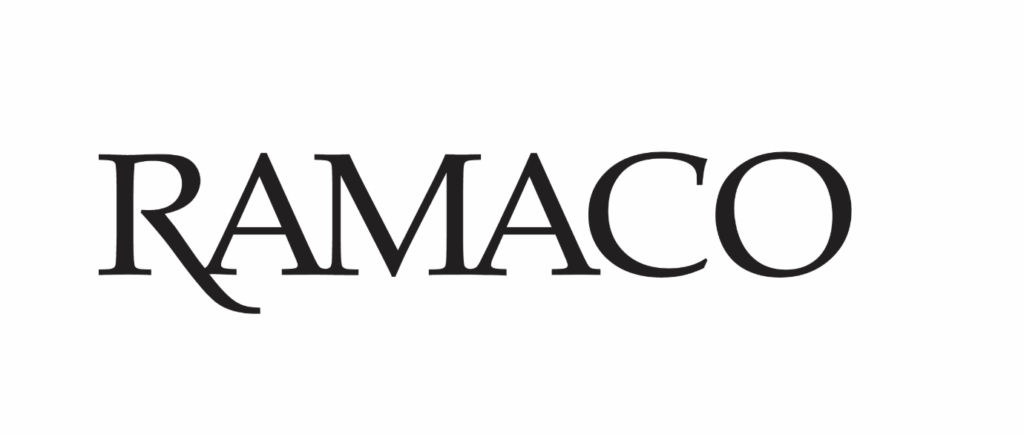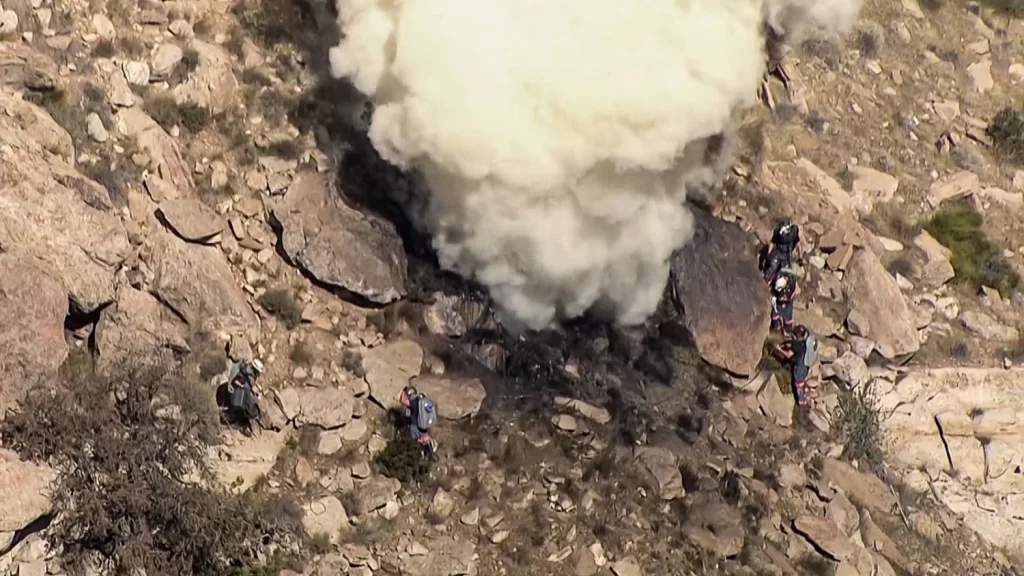India metallurgical coal imports have risen significantly over the last few months, reaching 31.7 million tonnes from January to May 2024, a 9% increase from the previous year. This surge in imports is in response to the country’s robust steel production, which relies heavily on this crucial raw material, with over 90% of its consumption met through imports.
The import landscape reveals a strategic diversification in sourcing, driven by the need to secure stable, high-quality supplies amidst fluctuating global market dynamics. Australia, despite a slight dip in shipments by 1%, continues to be the leading supplier, contributing over 15 million tonnes. However, the broader trend shows Indian mills are increasingly turning to other countries like Russia, which boosted its exports to India by 13%, and the United States, with a 19% increase.
Notably, imports from Indonesia soared by 45%, while Mozambican supplies rose by an impressive 75%. This shift is part of a broader strategy by Indian steel mills to diversify their supply bases and mitigate risks associated with supply chain disruptions and price volatility, particularly from traditional suppliers like Australia.
The demand for different grades of coal also reflects evolving industry needs. Premium coking coal grades, essential for high-efficiency steel production, saw significant increases. Hard coking coal (HCC) imports rose by 30% to 13.5 million tonnes, and premium hard coal (PHCC) by 12% to over 6 million tonnes. In contrast, there was a decline in weaker grades and a marginal dip in pulverized coal injection (PCI) imports, which dropped by 6% to about 7 million tonnes. This trend underscores the industry’s push towards higher quality inputs to enhance productivity and reduce environmental impact.
The strategic importance of PCI coal remains high, given its role in controlling production costs and reducing carbon emissions in blast furnace operations. Despite slight decreases in imports from Russia, due to logistical challenges and increased export duties, Indian mills are expected to maintain or even increase their reliance on high-performance PCI coal, reflecting ongoing efforts to optimize operational efficiency.
Looking ahead, India’s steelmaking capacity is poised for significant growth, with an estimated 15-16 million tonnes of new capacity scheduled to come online predominantly through the blast furnace-basic oxygen furnace (BF-BOF) route. This expansion will inevitably lead to increased metallurgical coal imports, necessary to support the anticipated rise in hot metal production.
Furthermore, the geopolitical landscape, particularly concerning Russian coal supplies, may pose challenges in the second half of the year, potentially straining seaborne coal supplies and impacting domestic steel producers. However, Indian mills’ proactive diversification of their coal sources, including substantial investments in African coal assets, positions them well to navigate these uncertainties.









